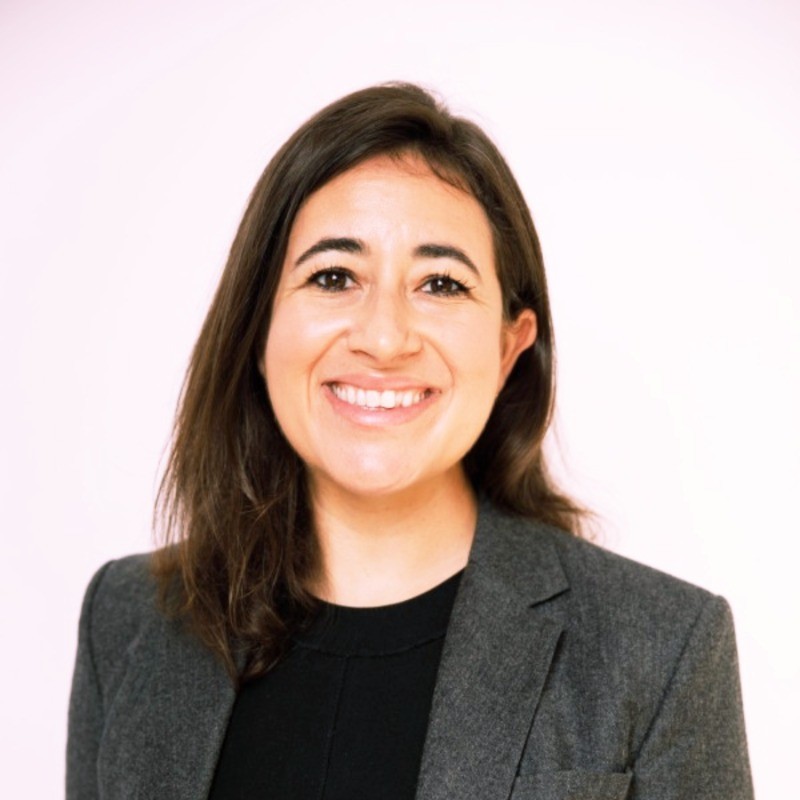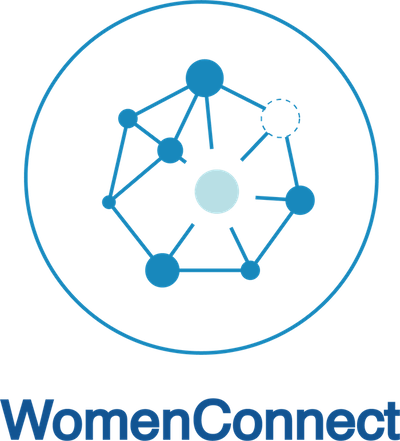Sharing LinkedIn’s Economic Graph Data with WomenConnect
In late October, LinkedIn’s Women in Tech (WIT) organization hosted its latest external WomenConnect event. For those who may be unfamiliar, WomenConnect is an event series that provides an opportunity for women who work in technology to share their stories and experiences, give advice, and further build their professional communities. At this event, the evening kicked off with personal stories from Erica Lockheimer, Head of Engineering for LinkedIn Learning and the executive sponsor for our WIT organization. Erica’s introduction helped set the stage for an evening of real conversations and connections.
LinkedIn’s Economic Graph
During the event, I had the privilege of being able to share details with the audience about the power of the LinkedIn Economic Graph. The Economic Graph is a digital representation of the global economy, and includes over 590 million members, 30 million companies, 20 million open jobs, 84K schools, and 50K skills. At LinkedIn, we are focused on creating economic opportunity for every member of the global workforce—all three billion individuals. We believe we can play a role in providing new and complementary forms of labor market data to help policymakers, companies, and our members make more informed decisions. We can help measure challenges related to AI and automation, widening skills gaps, the rise of independent workers, and diversity, and as a result have partnered with organizations such as the City of Munich, the World Economic Forum, and the World Bank.
Data related to women in executive roles
Given the context of the event, I decided to focus on our collaboration with the World Economic Forum for the 2017 Global Gender Gap Report (stay tuned for the 2018 report!), and highlighted the low representation of women in leadership across all industries. Women represent fewer than 50% of leaders in every industry measured; in some industries, such as mining or manufacturing, representation is even lower, with women holding fewer than 20% of leadership positions. The rate of progress has also been incredibly slow. Over the past ten years, the proportion of female leaders has, on average, increased by just over 2 percentage points across each industry.
One area of hope, however, that I also called out in my talk is that when women are better represented in leadership roles, more women are hired across the board. This effect of women lifting one another up points to a lever that we can pull to bring more equity into the workforce.
Challenges in the workplace
Our data also highlights some of the challenges that people may face on an individual level. In collaboration with the New York Times’ The Upshot, LinkedIn analyzed the factors that contribute to an individual’s pathway to becoming an executive. We started by looking at 459,000 onetime management consultants who worked at top 10 firms between 1990 and 2010 and ultimately became a vice president, C-suite executive, or partner at a company with at least 200 employees. Then, we analyzed the educational backgrounds, career transitions, and work experiences of the 14% who reached that milestone to get a better sense of the drivers to their success. There were a number of interesting findings, but one of the most eye-opening was that a woman who has the same background—as signalled by their LinkedIn profiles—as a man needs an average of three and a half more years of work experience to become an executive.
A few years ago, LinkedIn also began collecting salary data. This allows us to get a better understanding of how gender and pay intersect. Using this data, we identified the highest-paying jobs and then looked how well women were represented in each of those jobs. In 19 out of 20 of the highest-paying jobs, women were a minority. The one exception was for a Senior Vice President of Human Resources, an industry that historically has had a better representation of women. Of the highest-paying job titles that have the lowest representation of women, 6 out of 10 are in the tech industry. Although this data doesn’t speak directly to a wage gap, it does highlight one of the reasons why women experience a wealth gap. In addition to making sure that women are paid equally for the same work as men, more work needs to be done to attract women to those higher-paying jobs.
Panel discussion and networking
The event continued with a heartfelt panel discussion with Senior Director of Engineering Heather McKelvey, Vice President of Product Gyanda Sachdeva, Staff Software Engineer Caitlin O’Connor, and Senior Vice President and Chief People Officer Christina Hall. These leaders represent different organizations within LinkedIn, are in different stages of their careers, and have followed vastly different paths. In the midst of opening up about their experiences, including navigating a company being downsized, to being the one doing the layoffs, and receiving difficult feedback, the panelists shared very tactical advice that we can all learn from.
Gyanda showcased the value of strategic thinking in her own career and challenged attendees to think about their broader company and its future, rather than solely about the impact they could have on their immediate teams. As she stated, “If you aren’t thinking about the conversation your manager is having with her manager, you are doing the wrong thing.”
Caitlin highlighted the importance of continuously asking for feedback to identify blind spots that may prevent growth.
Christina provided actionable advice on how to find a mentor. Rather than trying to find one mentor to help with all areas of development, she suggested finding different mentors to address specific areas of growth. A mentorship can last years, or be shorter and more tactical, which can reduce the pressure on both sides of the relationship.
Heather shared several pieces of advice around leadership. The one that resonated the most for me was how to effectively lead by asking questions.
Following the panel discussion, we broke into smaller groups to share professional challenges that we have encountered, and exchanged advice and best practices that have worked well. The event ended with attendees sharing their key takeaways with the broader group. Everyone left with actionable advice, as well as a sense of community.
As a woman in tech, I really enjoyed being part of an event that encouraged honest conversations. The facilitators at each table prompted attendees to talk about past challenges, as well as solutions for those issues. I felt instantly connected to the others at my table upon finding that many of us had been through similar challenges in the past. I also appreciated that so many male allies in leadership positions attended the event. It shows the commitment that LinkedIn has to increasing diversity and ensuring that everyone is aware of the barriers that exist.
Acknowledgements
The WomenConnect event could not have been successful without help and support from so many LinkedIn volunteers, including leaders in Engineering, Product, and HR. Specific thanks should also go to Preeti Dharwadkar, Morgan Ching, Mandeep Singh, Elizabeth Wendorf, and Hibah Mohammed for planning such an impactful event.



